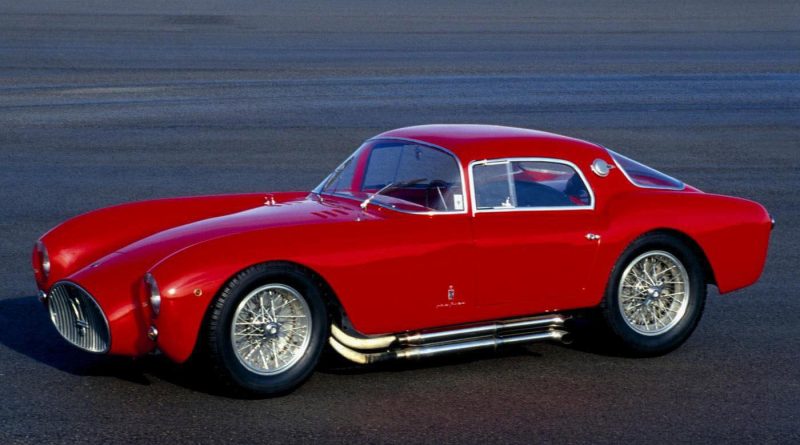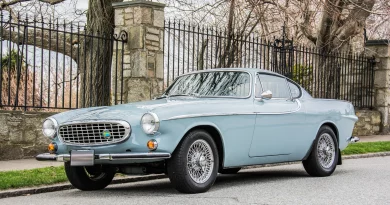1953 La Maserati A6GCS/53 Berlinetta
In 1953, Pinin Farina was firming up its ties with Ferrari to become the manufacturer’s coach-builder of choice. When the opportunity arose to cloth rival Maserati’s latest sports racer with a striking coupe body, the carrozzeria had to walk on eggshells. In order not to upset Enzo Ferrari, the A6GCS/53 chassis were first sold to the Maserati’s Rome representative, Giuglielmo ‘Mimmo’ Dei, who in turn commissioned Pinin Farina to cloth the cars. This elaborate construction was well worth the effort as it resulted in one of the most beautiful cars of all time.
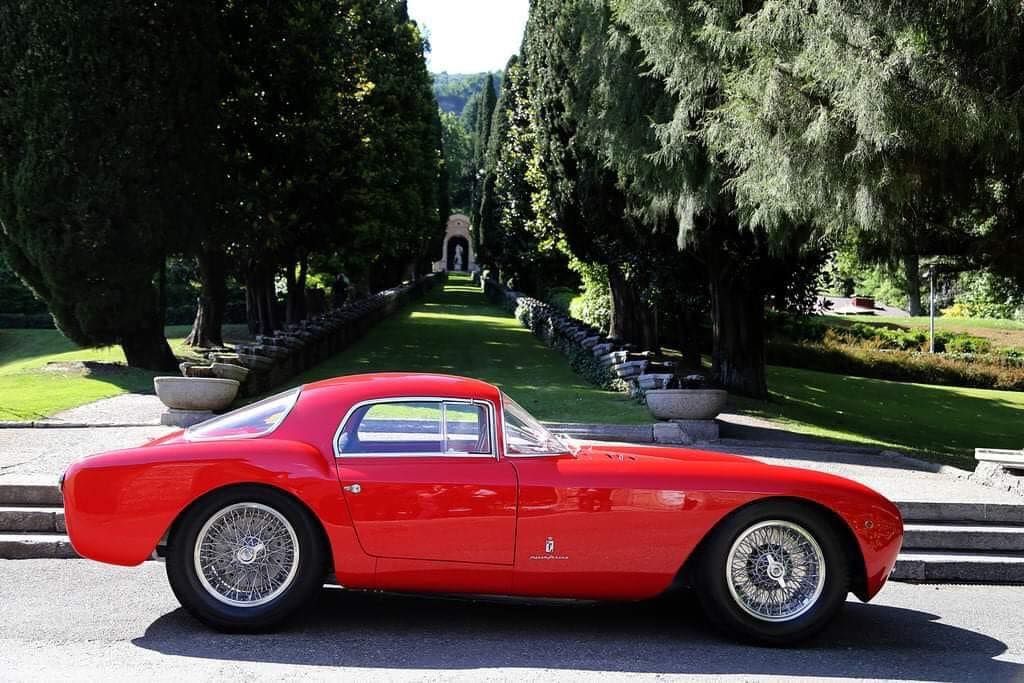
The recently introduced, race-bred A6GCS/53 chassis was a development of the A6GCS introduced in the late 1940s. Among the most significant changes was the adoption of a twin overhead camshaft version of the two-litre, straight six first used in the A6GCM Grand Prix car. The 170 hp engine was fitted in a tubular chassis constructed from two large diameter side members, reinforced by numerous smaller diameter sections. Suspension was by double wishbones at the front and a live rear axle. Large hydraulic drum brakes provided plenty of stopping power.
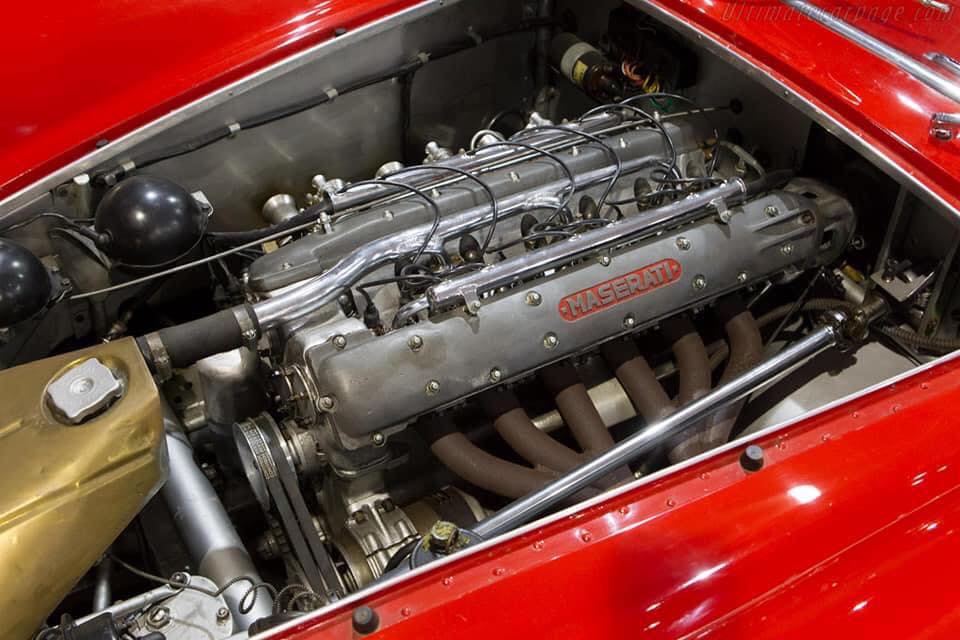
The low-slung chassis proved an ideal platform for a superbly proportioned coupe body. The design featured a prominent oval radiator intake flanked by two covered headlights. Following a long engine cover needed to clear the straight six engine, the Pinin Farina Berlinetta featured a relatively compact and low cockpit. The driver’s visibility was ensured by the use of a wrap-around windshield. The car’s competition origins were accentuated by the use of twin side-pipes running along under the left sill. Although some cues were familiar, Pinin Farina managed to create a distinct and unique design for the Maserati chassis.

A very special car was presented at the Turin Motor Show of 1954. It concerned a 2000 Sport fitted with an elegant closed “berlinetta” body from Pinin Farina. The 2000 Sport (project name A6GCS) was a highly successful open 2-seater race car designed for road races and was much beloved by the racing drivers of the era for its excellent driving qualities. The 1952 edition of the Mille Miglia race had been run under torrential rain. Therefore, for the following year some Maserati customers taking part at the competition asked for a Pinin Farina berlinetta version of their 2000 Sport. Maserati could not directly commission Pinin Farina to fit their chassis with bodies, as the Turin based company had just signed a deal with Enzo Ferrari. Rome-based Maserati dealer Giuglielmo ‘Mimmo’ Dei bought 6 bare A6 GCS/53 chassis. He then commissioned Pinin Farina to fit them with elegant berlinetta bodies. Eventually four of the six chassis were fitted with Pinin Farina designed bodywork, one of which was displayed at 1954 Turin Motor Show – which created no little disappointment to the Ferrari men. An elegant berlinetta body on this basis was the right recipe for one of the most beautiful creations in automotive history, the last Pinin Farina design for Maserati for the following 50 years. All four of them survive today, this model being one of the most sought-after historic Maserati cars. One of them is on display at the Umberto Panini Collection.
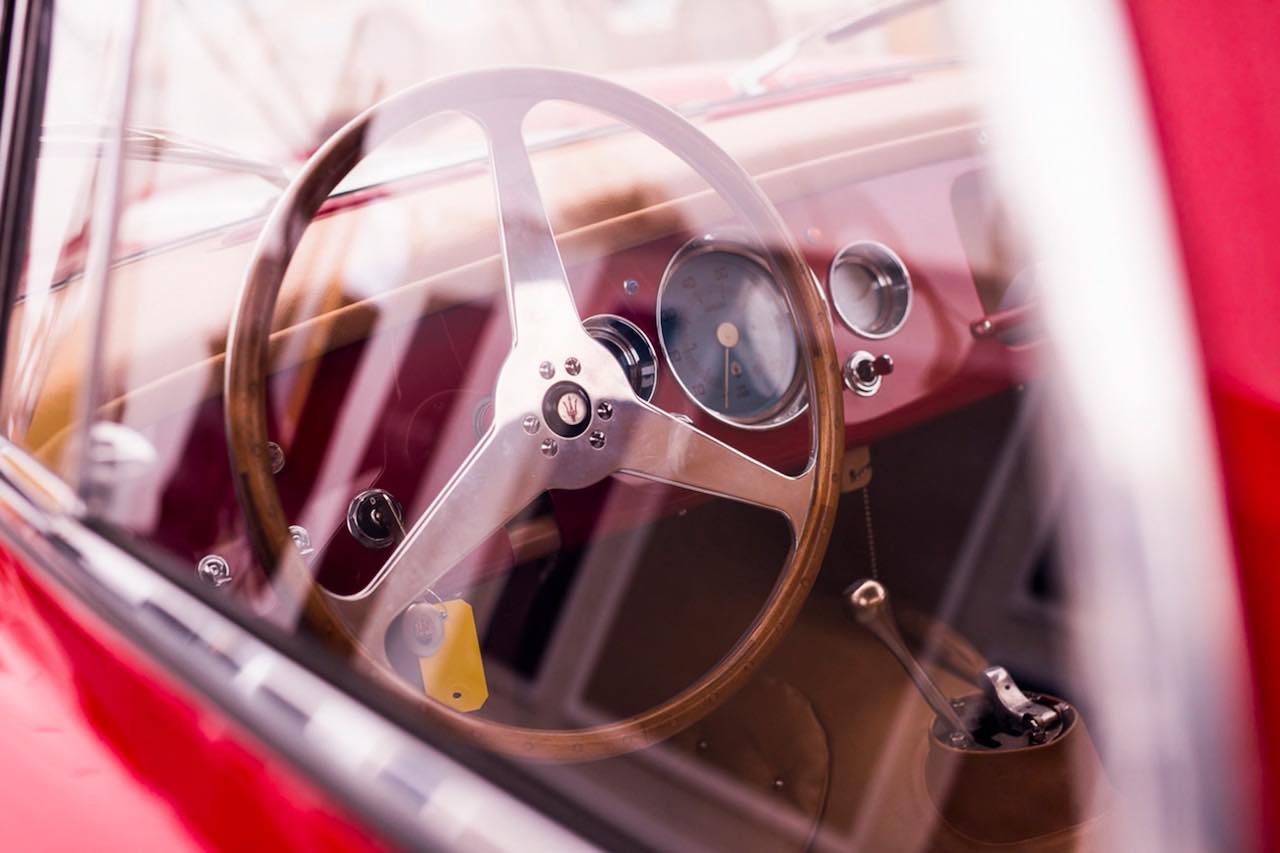
With three spokes that connect to a metal rim that features a wooden surround,the wheel is ready to be jerked from left to right with certain levels of ferocity by the man behind the wheel without falling apart. While these cars have to be treated with respect and handled with consummate precision, there have been many a talented driver that have become notorious for their abusive driving styles and designers must take this into account when conceiving a car, for better or for worse.

Circumspect in their creation, the four A6GCS/53 Pinin Farina Berlinettas certainly also had a colourful life. Two of the four had their spectacular bodies removed very early on for a variety of reasons. It is believed that both these bodies did survive and were later fitted to different A6GCS/53 chassis. In more recent years efforts to reunite the bodies with their original chassis have failed and for at least one car a new body was constructed in the style of the Pinin Farina Berlinettas. To complicate things even further, during this process two more replica bodies were constructed.
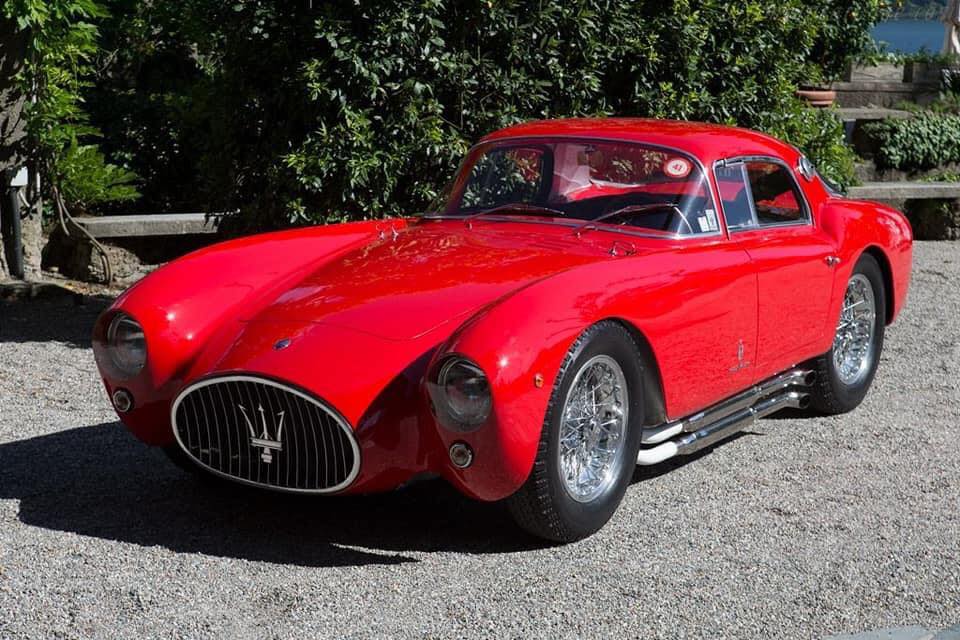
The very close ties between Ferrari and Pinin Farina meant that the Turin-based coach-builder clothed no more Maseratis for many decades to come. This finally changed in more recent years when Pininfarina designed the Maserati Quattroporte and GranTurismo. It does not take much imagination to see that the striking A6GCS/53 Berlinetta formed a major inspiration for these designs. Of the two surviving original cars, one is owned by the Panini Museum, while the other is private hands and only very rarely seen in public.

